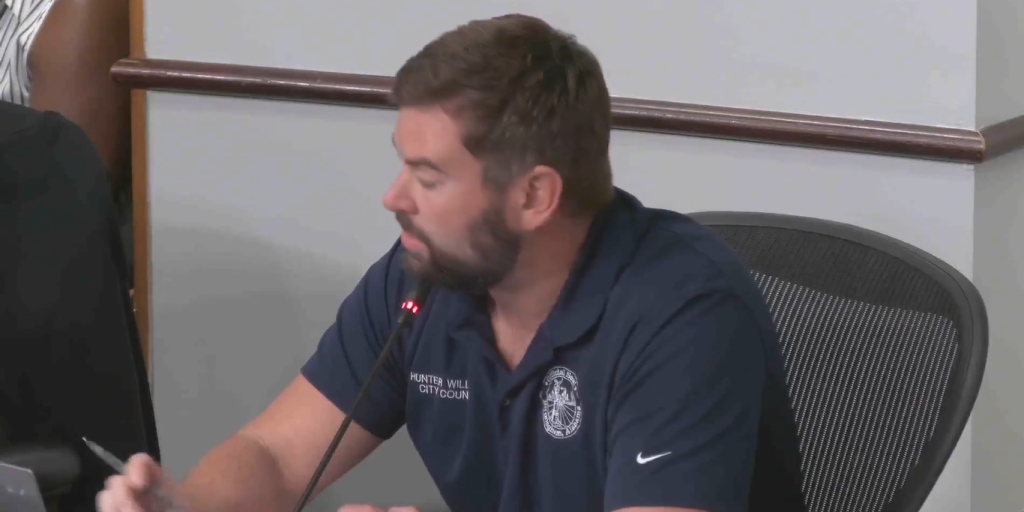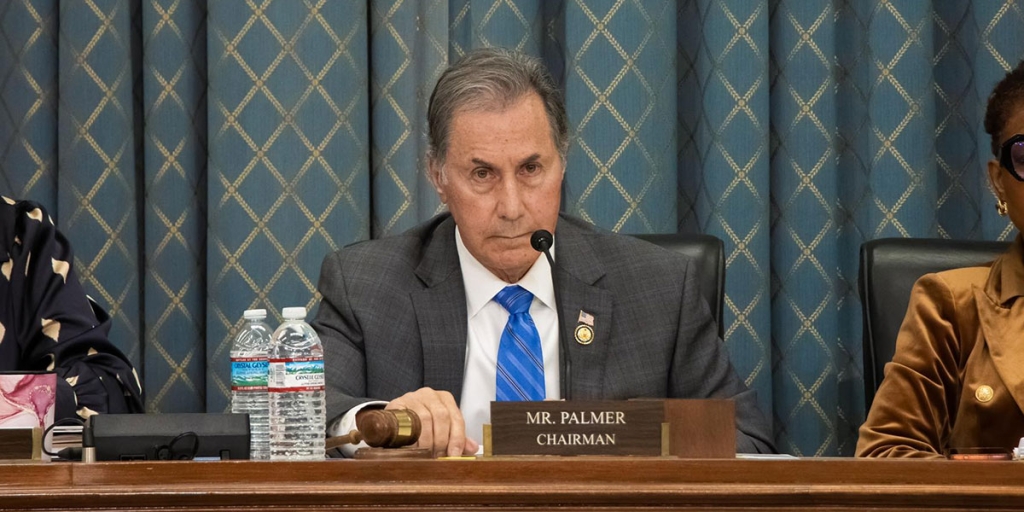
Alabama Republicans hold every statewide office, supermajorities in both houses of the Legislature, and are continuing to make significant inroads in the few remaining traditionally Democratic areas of the state. With the exception of the Alabama’s Black Belt region and a few urban pockets, if you don’t have an “R” beside your name, you’re not getting elected.
Of course, we know it hasn’t always been like this. Generations of Alabamians grew up voting for Democrats. From George S. Houston in the 1870s to George Wallace’s final term in the 1980s, Democrats occupied the Alabama governor’s mansion for over 100 years, and it took another quarter century for Republicans to finally assume control of the Legislature.
So given Alabama’s history of making changes slowly, and the enormous margins Republicans continue to run up at ballot boxes around the state, is the GOP destined to control the The Yellowhammer State for decades to come?
Conventional wisdom says probably so, but The Fix blog at the Washington Post believes control of Alabama and other Southern states may be much shorter lived for Republicans that it was for their Democratic predecessors.
The Fix’s reasoning is simple:
The demographic problems the Republican party is facing in the country at large will likely be felt even more acutely in the South — turning an area that was/is considered off limits to Democrats into a genuinely competitive region over the next two decades.
From 2000 to 2010, the Hispanic population doubled (or more) in nine states. Eight of them — Alabama, Arkansas, Kentucky, Maryland, Mississippi, North Carolina, South Carolina and Tennessee — were in the South. In South Carolina, the Hispanic population surged almost 150 percent in the last decade, the fastest growth rate in the country. In Alabama, the Hispanic population grew by 145 percent — the second fastest in the country.
The map below shows the Hispanic population as a percentage of each county in the United States. The Southewest has been and will continue to be the area of the country with the highest density of Hispanics, but with the aforementioned Hispanic population boom being experienced in the South, that part of the map will undoubtedly get more purple in the coming years.

But does that mean the South will inevitably get more Democratic?
Recent elections do indicate that Republicans are having a tough time winning the Hispanic vote. George W. Bush got 40 percent of the Hispanic vote in 2004. McCain won 31 percent in 2008. And in 2012, Romney slipped all the way down to 27 percent. That’s not exactly an encouraging trend for Republicans.
In the Southwest, states like New Mexico, which Bush won in 2004, are now solidly Democratic. Arizona, once a Republican stronghold, will probably be a swing state in 2016. And the biggest nightmare for Republicans in presidential elections, Texas looks like it is just a couple of election cycles away from being a swing state if the demographics continue on their current trajectory.
But Yellowhammer disagrees with The Fix’s basic premise that Republicans have a demographic problem. We believe the Party has a perception problem that is a direct result of decades of poor communication.
The overwhelming majority of Hispanics hold what could probably be described as “Republican values” — faith, family, self-reliance, and other core beliefs that align more closely with the GOP than they do with the Democrats.
So why don’t they vote Republican?
Some would say that the GOP is losing Hispanics because of their tougher stance on immigration, especially here in Alabama where Republicans passed a law so tough that it was largely dismantled in court. But those who would rush to grant amnesty should remember that Hispanics did not flock to the GOP after then-President Ronald Reagan amnestied 3 million illegal aliens in 1986, a move that The Gipper called the “biggest mistake” of his presidency.
In reality, it’s complicated. But part of the problem is simply that Republicans have done a terrible job communicating their message to minority voters in general, including Hispanics.
After getting trounced in 2012, the Republican National Committee commissioned an in-depth critique of the Party’s operations and published their findings in a report dubbed “The Growth and Opportunity Project.”
“For too long our demographic inclusion efforts have been separate from our on-the-ground political activities,” RNC Chairman Reince Priebus said when he announced the report’s findings. “That’s coming to an end. We’re launching a new national field program designed to engage minority groups and communities at the local level… We’ve never been this dedicated at the community level to win minority votes household to household.”
In Alabama, the State Republican Party has tried to bolster its minority outreach efforts in recent years, but they still have a long way to go. Fortunately for them, the Alabama Democratic Party is all but defunct, leaving very little competition to stand in the way of the GOP and decades of dominance.
So should the above map scare Alabama Republicans? Maybe. But it also shows a massive opportunity for growth.
WHAT DO YOU THINK? Can Republicans make inroads with Hispanics and other minority communities in the South, or will demographics return the region to Democrats’ hands over time? Let us know in the comment section below or by tweeting @YHPolitics.
Follow Cliff on Twitter @Cliff_Sims









